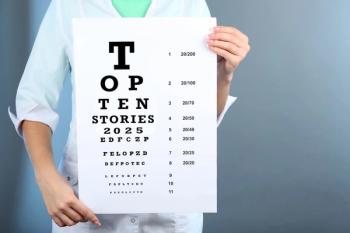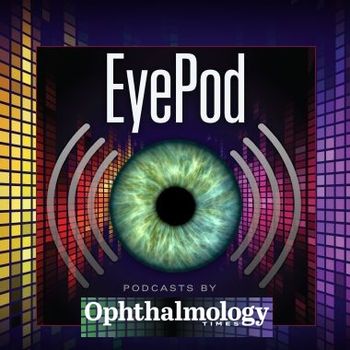
Evidence-based ophthalmology
Why it is that ophthalmologists who read the same papers in the same journals have such widely varying approaches?
During a recent conference, I had the chance to get together with three colleagues from around the world. It was after 5 p.m. The lectures were over. We were sitting in a café enjoying the fruity adult beverage for which the host country is justly famous.
I don’t like to brag, but my ophthalmologist friends are fabulously successful (by any measure) and extremely intelligent and respected physicians. They live thousands of miles apart. Among the four of us seated at the table, six languages were spoken. All of them read and publish in the English language ophthalmology journals. We alternated back and forth between two languages as we sipped our cocktails and this truth serum began to flow through our veins.
Three different regimens
Somehow the topic of adenovirus conjunctivitis came up. I asked each of my colleagues how they treated that condition. What I heard surprised me.
One of my colleagues is impressed with the literature supporting a role for povidone iodine. He treats patients presenting with EKC with that agent, then has them escorted from his office while staff carefully wipe down everything the patient might have touched while present. He is careful to avoid the use of steroids, having been taught that they prolong the course of the disease. He believes his therapy shortens the course of the disease substantially.
Another colleague has a very different regimen. He gives every patient a topical nonsteroidal agent plus an intramuscular injection of a potent and long acting steroid. He believes his approach maximizes patient comfort and reduced redness and swelling. Patients can function and are grateful to have few symptoms.
My third colleague gives supportive therapy only, recommends transmission precautions, and reserves topical steroids for only the very severely affected patients.
Over a second delicious beverage, we discussed why it is that ophthalmologists who read the same papers in the same journals have such widely varying approaches to the management of a very common eye problem.
Not everyone gives the same credence to the same publications. Some ophthalmologists train with professors who are vehemently opposed to the use of corticosteroids while others had professors who used steroids frequently.
One colleague told an amusing story; his professor forbade the use of steroids by residents for patients in the university clinic but used them liberally in his private practice.
“I have to keep my private patients comfortable and happy,” he confided to his junior colleague.
The variation in practice among very well trained ophthalmologists frequently surprises me, given that we all acknowledge the importance of scientific evidence to guide our practice and read the same journals.
I dream of a future time when every patient with a certain problem receives the same effective treatment based upon the most current scientific knowledge, no matter which doctor he or she happens to see.
Newsletter
Don’t miss out—get Ophthalmology Times updates on the latest clinical advancements and expert interviews, straight to your inbox.













































